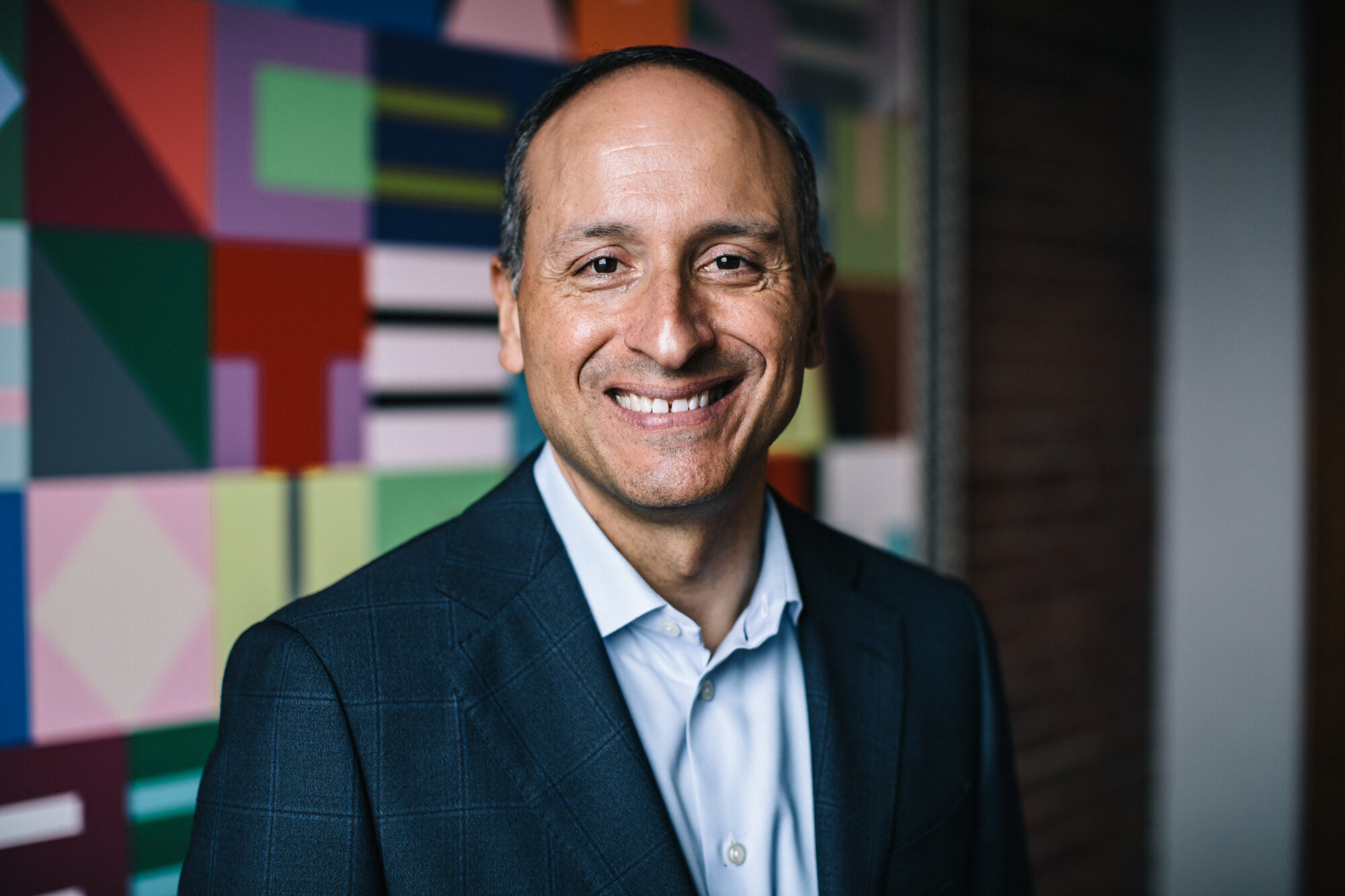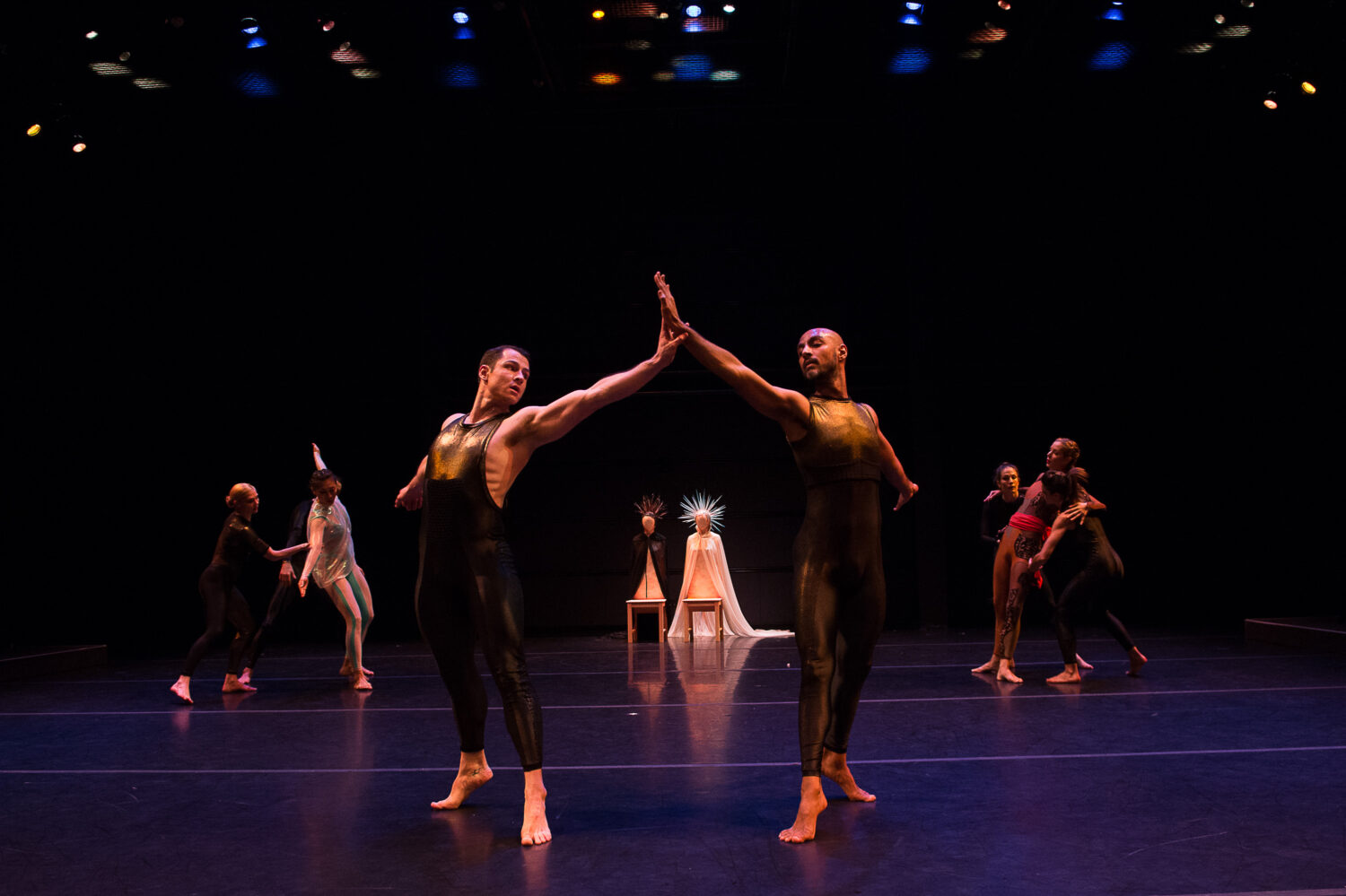On this #GivingTuesday, we’re all invited to reflect on how best to support the causes we care about. Now in its sixth year, #GivingTuesday has become, in the words of its organizers, “a global day of giving fueled by social media and collaboration” and a “kickoff to the charitable season.”
At the Barr Foundation, we have the privilege of working in a sector where it is always the charitable season. Yet, our ability to reach our goals is likewise fueled by collaboration. And, on this #GivingTuesday, I wanted to share a few reflections on how we, at Barr, seek to deepen that collaboration with the organizations we are privileged to fund.
At their best, such partnerships are grounded in shared aspirations, mutual respect, and open communications. Yet, noble intentions can easily be undermined by the financial aspect of the funder-nonprofit relationship. As a result, how we structure our grants is critical to the effectiveness of our partnerships.
At Barr, we approach this topic with the benefit of a robust conversation about financing nonprofits that has been taking place across the sector. GuideStar, BBB Wise Giving Alliance, and Charity Navigator launched the Overhead Myth campaign in 2013, building on a theme that many have spoken to for years. In 2016, the Nonprofit Finance Fund’s Full Cost Project outlined a sophisticated, six-component model of the types of resources nonprofits require to deliver outcomes. And the Ford Foundation and The Bridgespan Group recently shared a three-tiered pyramid illustrating a hierarchy of needs that now guides Ford’s grantmaking and other efforts to build “successful, resilient organizations.”


While any one model may not apply to all nonprofit organizations, each of these frameworks encourage more comprehensive dialogue between funders and grantees about the real costs of pursuing shared objectives.
Reflection, Reassessment, and Guiding Principles
For us at Barr, consideration of these frameworks has prompted us to reexamine our own practices. Accordingly, through recent team discussions, we clarified three guiding principles for how we approach financial conversations with our nonprofit partners:
1. Understand and pay for embedded costs
For organizations to be effective, they need to operate from a position of financial strength. As funders, one of the more important roles we can play toward that end is to understand the full costs incurred by organizations when we support them and to structure our grants in ways that address those embedded costs, build organizational strength, and encourage attention to the financial health of our partners.
While Barr does provide unrestricted support to some organizations, the majority of our grants support projects. In those instances, we need to ensure we cover all costs associated with those discrete projects and remain attentive to organizations’ holistic needs so they can achieve optimal impact. As we express this commitment, we will have to balance how best to achieve this aspiration within our own grants budget constraints.
As one illustration of this, during our recent review of the Barr Fellowship, we realized that the grant dollars we awarded to Fellows’ organizations did not reflect the full costs of leaders’ participation in the program. This is why we significantly increased the size of those grants.
2. Listen carefully and remain flexible
Policies and guidelines are helpful, but they can go only so far. Given Barr’s program areas, grantees range from arts institutions to community-based organizations, to large coalitions, to public school systems. Each has distinct needs and financial structures. As a result, there are no one-size-fits-all approaches when we determine how to structure our grants; instead, we need to take time to understand each organization’s context and to stay nimble in working with our partners.
Five years ago, following feedback from our 2012 Grantee Perception Report and subsequent focus groups, Barr stopped setting a strict 15% cap on indirect costs for project funding. Instead, we began taking a more flexible approach. Guided by the simple proposition that our partners know best what they need, we examine each organization’s circumstances. We still ask questions and sometimes offer suggestions. Yet, these conversations are rooted in respect for the knowledge and perspective that our partners bring to the work they do. On our end, we strive to meet partners where they are and to invest resources for the work at hand.
3. Foster open, two-way dialogue
The principles articulated above can only work when there is open, candid dialogue and constructive conversation between the Foundation and its partners. This necessity is, of course, not limited to discussions about finances, but because discussion of dollars can be so fraught, that spirit is even more paramount in those exchanges.
We also need to explore how our practices and processes—often in the name of consistency or efficiency—can at times impede effective communications. For example, the blanket use of preordained budget templates by funders can actually mask rather than reveal the full financial picture and management capacity. Such templates can be important tools, but only so far as they help to inform ongoing discussion. If we are to be successful in overcoming these challenges, we must view funders and grantees as equal partners in pursuing impact. Doing so requires that our communications be grounded in candor and open dialogue.
Principles in Action
We outline these principles for reasons beyond transparency: we want to be held accountable to living out these principles in our work.
Complacency is the enemy of excellence. This is particularly true in philanthropy, where there are few external forces that hold us accountable. In our view, the best foundations seek ongoing improvement and are committed to learning how they can be better. It is in that spirit that we ask our partners: when we fall short of demonstrating these principles in action, please tell us. When we don’t live up to our aspirations, please help us to do so. And when we do honor these principles in our work with you, please let us know that too, so we can also learn from what works well.
To work in philanthropy is a privilege. We have opportunities every day to invest resources in talented leaders and organizations making a difference on some of society’s biggest challenges. To do our work well, we aspire to responsible grantmaking in which all costs are calibrated appropriately to the desired impact, flexibility is an inherent dimension of the relationship, mutual respect and constructive dialogue animates the partnership, and the Foundation is held accountable as much as we hold others accountable.




